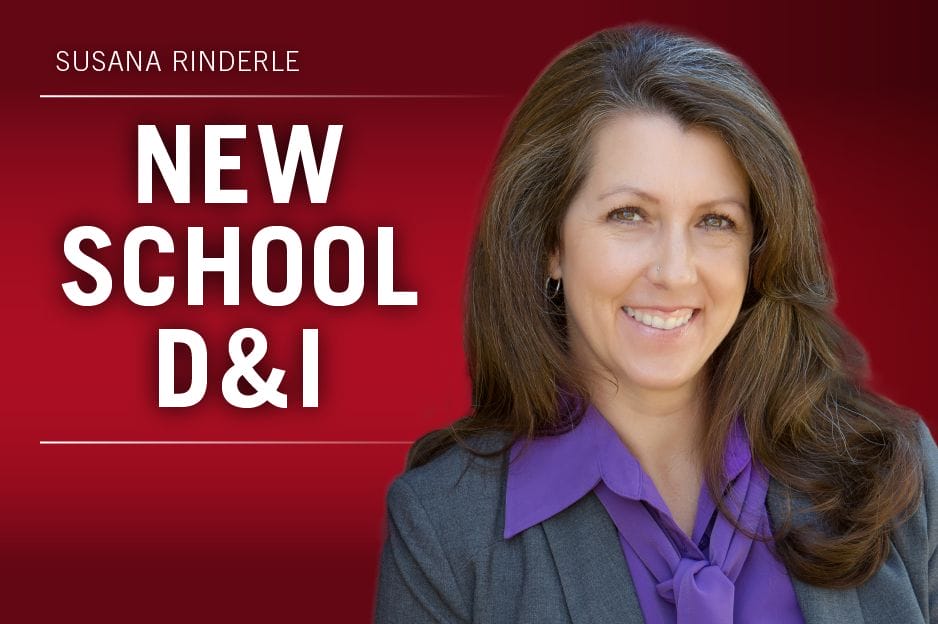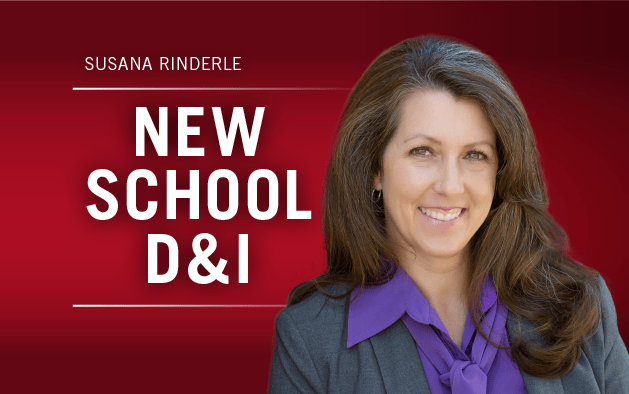“How can I do what you do?” asked a bright young woman on the phone one spring morning. She enthusiastically described how she’d studied and experienced various cultures and was inspired to do work that makes a difference.
She’d read some of my articles, saw me speak and felt a spark of connection. She wanted to turn her passion and values into a career, like I had. And because she was resourceful, she reached out for advice.
One of the joys of being a mid-career D&I professional is that I often get inquiries like this. One of the burdens, however, is providing a helpful response to new professionals facing a world that’s quite different from the early ’90s landscape I navigated, yet troublingly similar.
What’s different is our technology, our demographics, our polarized politics and a resurgence of overt white supremacy and bigoted violence. What’s the same is the lack of credibility many D&I professionals command relative to other professionals and organizational functions. I believe one of the reasons is insufficient rigor in developing the necessary skillset to garner results that matter and exude excellence.
Here are four keys that will equip D&I professionals at any career level to embody excellence and establish themselves as best-in-class D&I professionals, indispensable to those we serve.
Identify and live from your personal “business case.” I’m struck by D&I practitioners who have no substantive answer to the question: “Why do you do this work? (How do you benefit?)” “New school” D&I isn’t just about helping others. It’s about creating a world that works better for more of us and attaining meaningful results that matter. Best-in-class professionals work from their heart, mind and soul, and have personal skin in the game. Being grounded in the heart balances intellectual rigor, and adds depth, integrity and authenticity to our work. A personal business case provides motivation and inspiration when we’re weary. My personal business case is that from a very young age I experienced and witnessed firsthand how traits over which people have no control (sex, race, nationality and social class) can cause other people to treat them as less than they are, thwarting their happiness and ability to contribute.
A personal business case requires not just knowledge of self, but clarity of values and vision. I deeply value integrity, authenticity, excellence, connection and expression. My vision is a world where everyone has access to all the knowledge and resources necessary to live their happiest, healthiest life, contributing their brilliance for personal fulfillment and collective benefit. I stand for a world where we get out of each other’s way — and our own way.
Do your personal work. Having personal skin in the D&I game and caring about people means that the work can be emotionally triggering and exhausting. Those of us who are especially sensitive and empathic can experience second-hand trauma or be re-traumatized by interpersonal dynamics in a workshop or workplace. I’ve witnessed how a facilitator can injure workshop participants through ineffective behaviors driven by their unresolved anger or guilt. I’ve seen how leaders driving organizational D&I initiatives can subvert their own efforts through counterproductive behaviors stemming from exhaustion, mistrust or shame. Many of us who do D&I work do it because we (or a loved one) have been wounded in some way. Do not allow the impact of this important work to be diluted or tainted by you trying to resolve your personal pain through the work alone.
There’s a saying: “If you don’t heal what hurt you, you bleed on those who didn’t cut you.” While it’s true that if we all waited to tackle D&I work until we were fully healed that the work would never happen, it’s critical to be on a path of personal growth. Become intimately acquainted with (and honest about) your motivations, triggers, weaknesses and sore spots. Build keen self-awareness and be in ongoing curious dialogue with yourself about what’s going on with you and how you can develop. Build your emotional intelligence and resilience. If you’re a facilitator, hone your ability to self-manage, and develop a superpower around being present, relaxed and extremely attentive to the subtleties of human communication. Engage difficult questions — in the classroom and the field — with curiosity and courage. Establish healthy boundaries in all areas of life, practice radical self-care, and invest in your physical, mental, emotional and spiritual wellness. And forgive yourself for your shortcomings and bad days!
Be highly competent in multiple areas of D&I. D&I professionals who seek to be expert trusted advisers should be able to effectively answer a broad array of “diversity” questions. At the very least, you should have sophisticated knowledge about the history, terminology and practical applications of: (1) race/ethnicity (including racism), (2) sex and gender (including sexism), (3) LGBTQQIA+, (4) disability, and (5) major local racial/ethnic/cultural groups (in the U.S.: African Americans, Latinos/Hispanics, Asians and Native Americans). You must also be well-informed about the growing body of research establishing the organizational business case for diversity and the myriad tangible benefits of inclusion. You should know the basics of the latest brain science that impacts our current understanding of bias and interpersonal communication. You should read widely, listen to podcasts, attend conferences and lectures and stay informed about local and global current events. As a bonus, become familiar with the decades of theory and knowledge amassed in intercultural communication, a field similar to D&I.
Be highly competent in an area outside of D&I. Best-in-class D&I professionals are well-versed in at least one additional area outside D&I, such as organization development, leadership development, human resources, professional coaching, training facilitation/design, adult learning, assessment, business administration or international management. Many have first-hand leadership experience, have worked abroad, and/or speak more than one language. These skills equip the D&I consultant to accurately assess a client’s current state, identify strategic opportunities, and make impactful recommendations (read this article for more guidelines for consultants). They also equip the D&I facilitator to establish credibility, better understand their workshop participants and serve them where they are.
“Some think my standards are too high,” I told my caller that morning. “It’s true these are high expectations,” I added, “but they’re not unreasonable.” No one says the professional standards set for attorneys or accountants are too high, and we’re just as necessary. Expecting anything less than these four keys from D&I professionals is to diminish the quality of our expertise and its crucial importance to the success of organizations and the societies they shape and inhabit.



 As a multilingual, culturally and racially ambiguous woman who’s been doing some form of diversity work for almost 25 years, I occasionally find myself having awkward conversations with potential clients about my identity. These conversations involve questions like, “
As a multilingual, culturally and racially ambiguous woman who’s been doing some form of diversity work for almost 25 years, I occasionally find myself having awkward conversations with potential clients about my identity. These conversations involve questions like, “